Published 30 October 2016 ● Last Updated on 8 September 2017
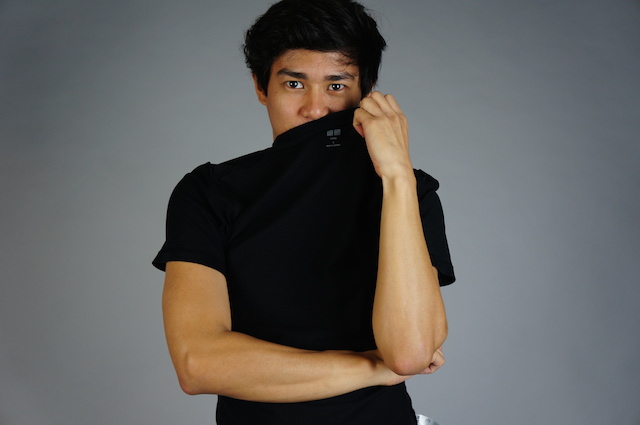
When it comes to the green warriors leading Singapore’s eco-friendly brigade, the list isn’t complete without Raye Padit. As an entrepreneur, he runs PeyaR , creating bespoke apparel using pre-consumer textile waste and providing upcycling services. As a voice for conscious fashion, he co-heads Connected Threads Asia, a platform that connects fashion designers, manufacturers, suppliers and consumers, to build a conversation around sustainable fashion choices. His soon to be launched endeavour – Swagalls – is now on Kickstarter, with a mission to change the way we buy fashion. The project will not take off unless the target is achieved and the deadline is Nov 13th 2016, so please support if you really feel for the cause.Click here to pledge now! We sat with him to understand more about his idea, and how he seeks to change the face of fashion, one swapped dress at a time!
From a psychology student to a fashionpreneur – it is not a predictable journey! How did you turn into a green warrior? Where did you discover the passion you have for sustainable fashion? Is there a standout moment?
My fascination with fashion started when I was about 10 years old. Whenever my mom had special occasions to attend, she would design her dress herself. Observing the entire process – from her getting inspirations for her designs from magazines and television, choosing what type of fabric to use, visiting the seamstress, to finally getting dolled up for the event- it was a magical experience just to see a piece of fabric getting transformed into a beautiful dress. The joy on her face through all this is still etched in my memory.
However, as you know, I did not end up studying fashion and took up psychology instead. After finishing University there was still an itch in my heart to explore the world of fashion so I started designing my own clothes and got a tailor to help me. All I wanted was to become a great fashion designer, so I took that leap and studied basic courses for designing and sewing. During the process of me becoming that designer that I’d always wanted to be, I realised that I was creating massive waste because I was making tons of mistakes in the “making process”. I knew from there that I need to change something. While I was questioning and reflecting on what my next step would be, the worst accident in the fashion industry occurred- the unfortunate collapse of Rana Plaza in Bangladesh where 1,200 garment workers died. The fashion industry was then the highlight of every news and it led me to research what was happening in the fashion industry behind the scenes. During this journey, I discovered , that fashion is the 2nd most polluting industry after oil, right then and there I knew I needed to do something.
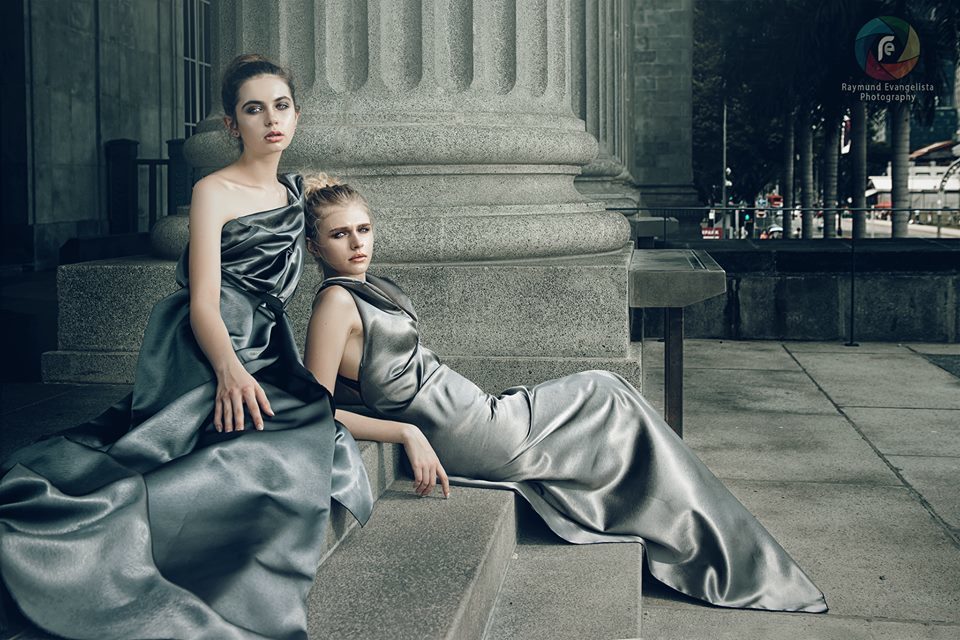
So, I started out by helping lessen fabric waste in Singapore. Towards this, I use pre-consumed waste fabrics from different fashion houses in Singapore for my own label PeyaR. Along the way, I saw the need to build a local, Singapore-based organisation to promote sustainable fashion as no one was talking about it. This I set up with Agatha Lee and it is called Connected Threads Asia– a platform where all the stakeholders of the fashion industry in Singapore can collaborate via events, discussions and dialogue with the ultimate objective to make the industry a socially and environmentally responsible one. Now I am on the verge of creating Swagalls that allows people to shop without hurting their wallet and the planet through swapping. For making SWAGALLS a reality, I need all the support possible so please support me to spread the word and raise the funding!
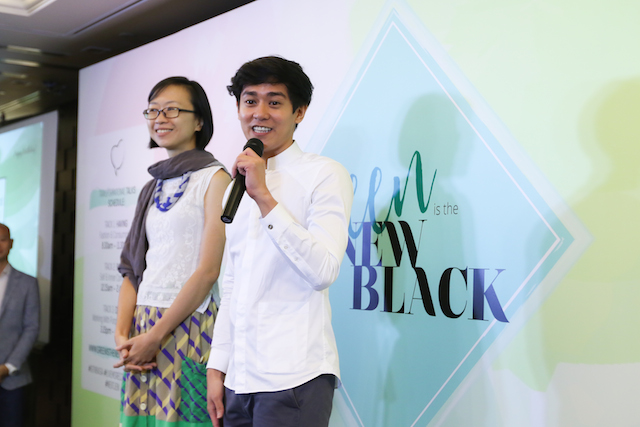
In relative terms, how does Singapore fare in sustainable fashion? Do you have a message for our readers on why they should care about their purchasing choices?
I will start by addressing how Singapore fares in Sustainable fashion
1. Level of understanding/demand for sustainable fashion in SG– Sustainable Fashion has been here even before the inception of Connected Threads Asia, some fashion brands and individuals have started it, doing everything that they can to promote sustainable fashion. But as a movement and a community working towards it is in its early stage people have limited little awareness about it, people are not curious enough yet, and people are not having enough conversations about this matter.
However, over the years, I have observed that consumers are embracing the challenge to be more responsible and conscious with their choices. The brands on their part are trying to incorporate sustainability in their business models. It is getting more traction from the mainstream media, and it is quite evident when we see campaigns, articles and initiatives that highlight the need to be sustainable. A week ago Singapore had the Green Is The New Black event, the first conscious festival in Asia which was a massive success—this is proof there is a shift happening in the market. We are making great progress in promoting sustainable fashion as the norm, but there are still plenty of things that needs to be done.
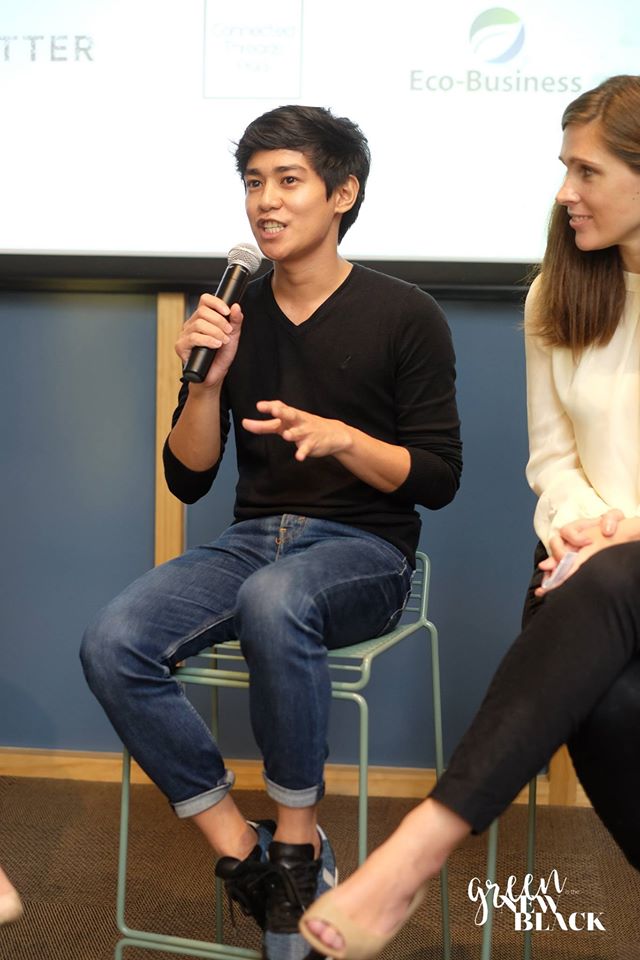
2.Why is it important to care? Well, on a global scale the industry produced about 150 billion garments last year , the alarming part is that we throw out a lot of our purchases at almost the same rate – in Singapore we produced over 150,000 tonnes of textile and leather waste (approx 120 t-shirts per person) in 2014. Now this is obviously a waste of the earth’s natural resource and can’t go on indefinitely. Fashion is 2nd most polluting industry after oil, and why is it so? Well, 8,000 different chemicals are used globally to transform raw materials into textile, and some of these are discharged directly into water bodies without being treated. We may not directly experience the negative effects of fashion but we need to bear in mind that we are living in one planet so if nothing will change it is still us who will face the consequences.
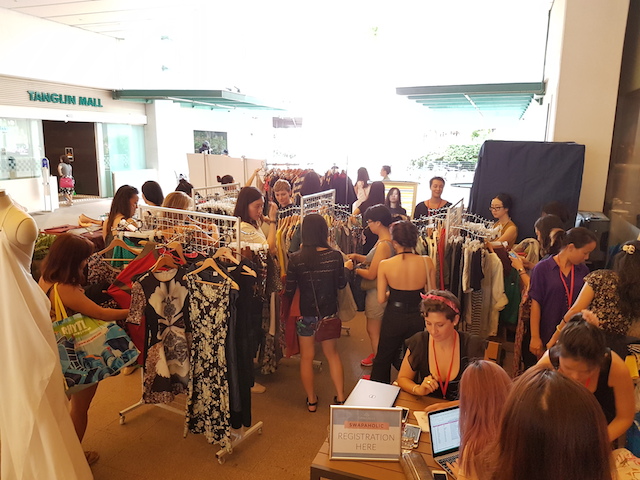
My message for the readers of Secondsguru: Always remember; we as the consumers hold a great deal of power to demand a better fashion industry. We all deserve to know how our clothes are made, who made them and where were they made—these simple questions can lead us to a more responsible industry. Our wallet is our vote to what the fashion industry would be like in the future.
And now, tell us more about Swagalls. How does it work ? Should we expect swapping events? Or is it going to be completely online with pick-up and deliveries? Or is there a physical space that will work as a swapping central?
THE WHY ?
After a while of doing different initiatives under Connected Threads Asia, I saw the demand for us to create a “tangible-action-option” for the consumers who wish to be part of the sustainable fashion movement, but I didn’t see a robust platform to do so. Also knowing that we don’t use 60-80% of what we have in our closets [Singaporeans own at an average of 50-100 pcs of clothes and with a shopping budget of $100 average a month (I did a survey on this), the numbers are just insane]. So I had a crazy idea while showering one morning, what if we have a platform that allows consumers to acquire clothes without spending too much money and prolong the life span of our clothes and get them out from landfills? VOILA Clothes Swapping was the answer. Don’t we all love shopping, since there is no way for people to stop them from shopping but there is a way to make it more responsible and that’s how the name Swagalls was born. It stands for Shop Without Any Guilt and ALL(s) can do it!
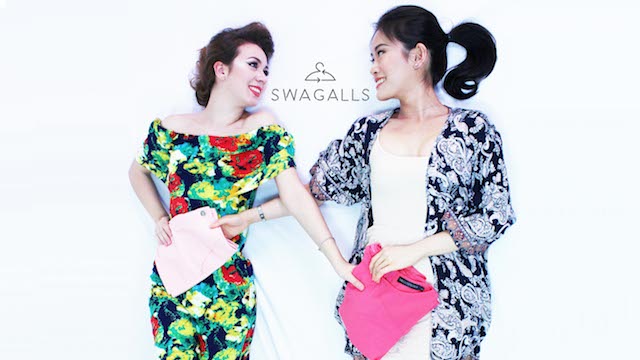
How does SWAGALLS Work?
Swagalls, is going to be Singapore’s first online fashion #swapping platform to shop sans any limits without hurting your wallet or the planet. We are still developing the website and will be launching early next year, however we have been doing physical clothes swap. Online works out very easy in 4 steps:
1.Subscribe – you can choose any subscription you like up to 12 months, starting at only $20 a month
2.Select- raid your closet and get those items that you no longer use but are still in mint condition
3.Surrender- you give us those items and in return we give you the SWAG credit that you can use to swap/shop in the website. This can be done in one of these three ways
a. you coming to the office to drop off
b. us going to your office/house to collect the items, or,
c. one off pop-up events organized by Swagalls where you can surrender your items.
4. Swap- then, of course swap anytime and anywhere you want
Not to worry, we will still have the physical event to gather the swapaholics and have fun swapping and making new friends.

Do you think Singapore has enough takers for a swapping concept to take off? What factors or experiences lead you to believe it will be a viable business?
I would say, YES enough takers are there in Singapore, large enough to start the movement but not adequate awareness yet, so we need to work hard on that bit. Whenever we have a physical swap event we always get people who are passing by interested in knowing more about swapping. There is that great potential to establish a swapping culture here in Singapore we just need to do it properly in addition to making it sexy and cool! ☺
The main mission of Swagalls is to help us live a fashionably sustainable life and build that swapping culture in Singapore, business aspect viability is not as clear as our vision, but we will figure it out as we go along the process.
-Raye Padit



0 Comments